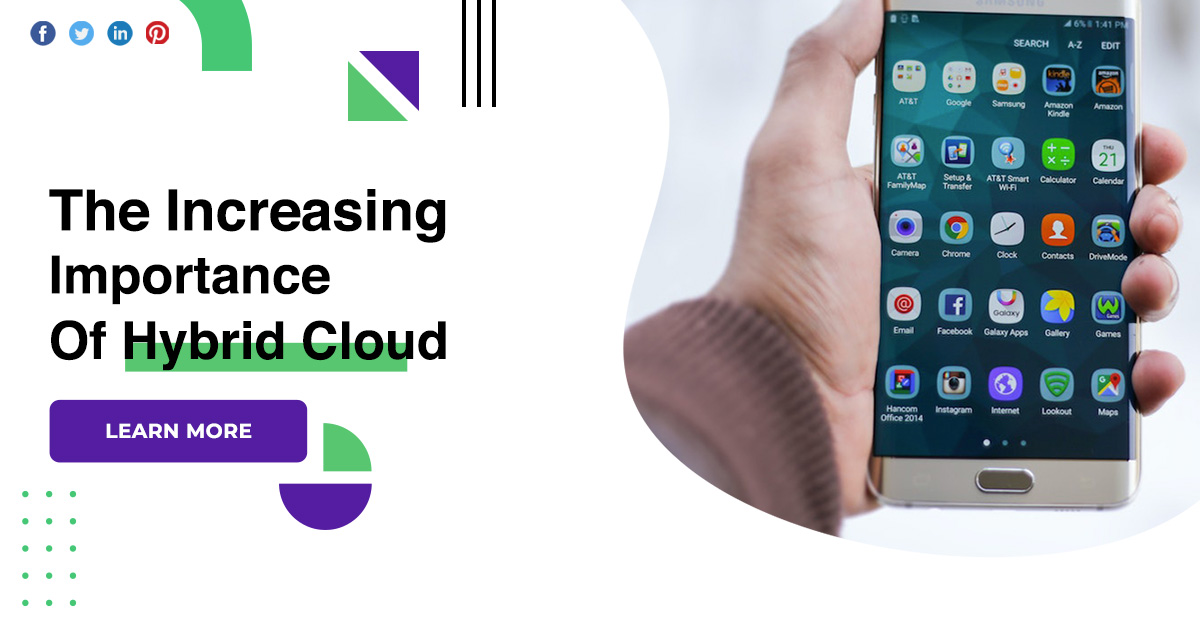The Increasing Importance Of Hybrid Cloud
Hybrid cloud refers to a mixed computing, storage, and services environment that consists of on-premises infrastructure, private cloud services, and a public cloud such as Amazon Web Services or Microsoft Azure with cross-platform orchestration. Using a combination of public clouds, on-premise computing and private clouds in your data center means you have a hybrid cloud infrastructure.
Hybrid cloud importance
Primary benefit of hybrid clouds agility
Your business may want to combine public clouds, private clouds, and on-premises resources to gain the agility it needs for competitive advantage.
Advantages
- Your data and applications stay behind the firewall and are accessible only to your business, making private clouds more suitable for processing or storing sensitive data.
- Potentially lower TCO.
- Despite lower operating costs over time.
- Greater control and customization.
- Customize your servers to your business preferences.
- The ability to move non-sensitive data to the public cloud to meet sudden bursts of demand in your private cloud.
Disadvantages
- Higher costs.
- Increased initial fees and the need to repay the cost of purchased equipment.
- For the operation and maintenance of your own data center, IT hardware and enterprise software – as well as your own security and compliance.
- Less flexibility.
Is hybrid cloud right for you
Hybrid clouds offer the benefits of both public and private clouds and leverage existing architecture in the data center. A hybrid approach allows applications and components to work together across boundaries, between cloud instances, and even between architectures. The same level of distribution and access flexibility is also required for data. Whether you’re processing workloads or data sets, in a dynamic digital world you should plan how things will move in response to evolving needs.
Hybrid clouds architecture feature
Your on-premises data center, private and public cloud resources, and workloads are connected under common data management while remaining separate. You can connect existing systems running on traditional architectures that run critical business applications or contain sensitive data that may not be suitable for the public cloud.
Conclusion
It is a perfect combination of public and private resources. It can maximize productivity and cost savings while substantially reducing privacy, security, and latency issues.









